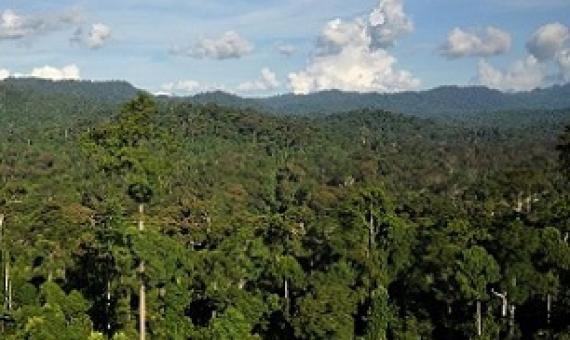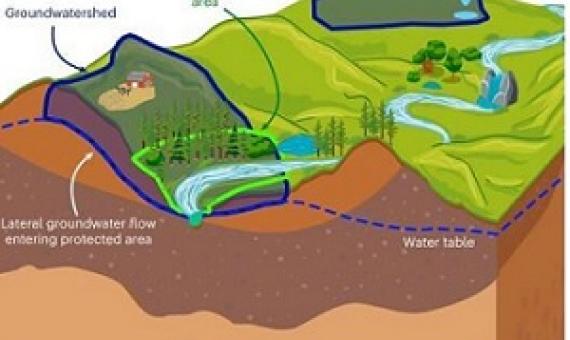Ecosystem Services Valuation Database (ESVD)
The continued loss of ecosystems and biodiversity is endangering the prosperity of current and future generations (Dasgupta, 2021). To make better informed decisions about the trade-offs involved in ecosystem management, land-use change, or any activity affecting ecosystems and biodiversity, we need better information about the full importance of ecosystems to our wellbeing.








